Description
Vesuvianite has a hardness of 6½ and a specific gravity of 3.32 – 3.43. Its name has a complicated history, compared to that of most other minerals, at least, but long story short, it gets its name from its TL being near to Mt. Vesuvius.
According to Mindat, it was “originally named ‘hyacinthus dictus octodecahedricus’ by Moritz Anton Kappeler in 1723” and then “renamed ‘hyacinte du Vesuve’ by Jean-Baptiste Louis Romé de L’Isle in 1772” which was “possibly the inspiration for Abraham Gottlob Werner to rename the species ‘vesuvian’ in 1795, after its discovery locality, Mount Vesuvius, Campania, Italy. In 1799, Rene Just Haüy introduced the name ‘idocrase’, which was formerly a popular name.”
While you could choose to instead bring home Calcite, or Fluorite, or Magnetite, or Topaz, or a number of other minerals to represent a sample of Calcium, Fluorine, Magnesium, Iron, Aluminum, or Silicon, Oxygen, or Hydrogen, this would still make for one cool sample of any of those elements for any element collector!
“Vesuvianite occurs as tetragonal crystals in skarn deposits and limestones that have been subjected to contact metamorphism” according to Wikipedia. Also on Wikipedia, it states that exceptional crystal specimens are cut for collections and gemstones, but other than that, there’s not very much more that seems to be said about Vesuvianite…
However, it’s been found in more than 1,000 localities worldwide, on every continent, and 42 in Colorado alone, so keep an eye out for a rock like this on your next hike!

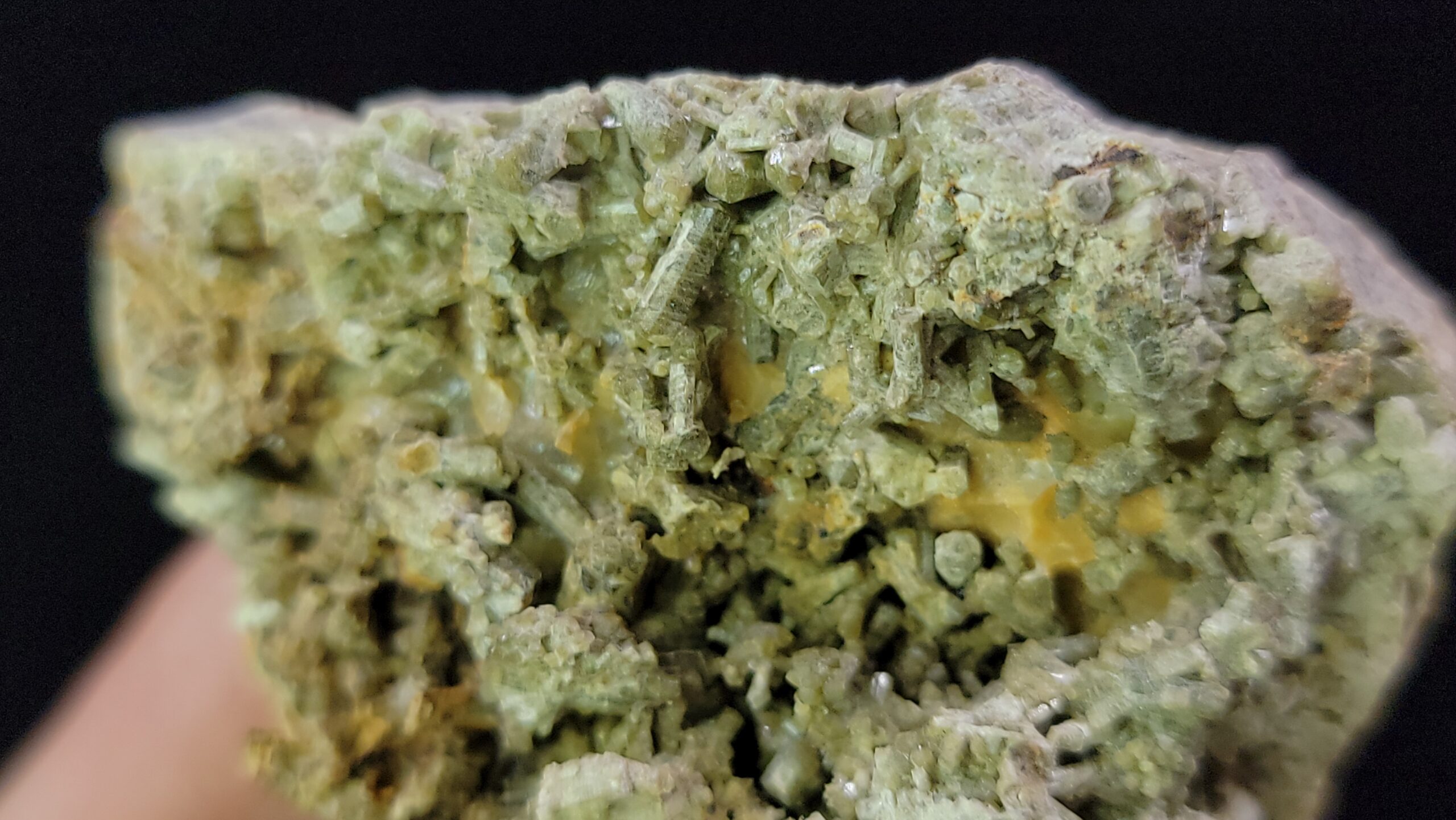
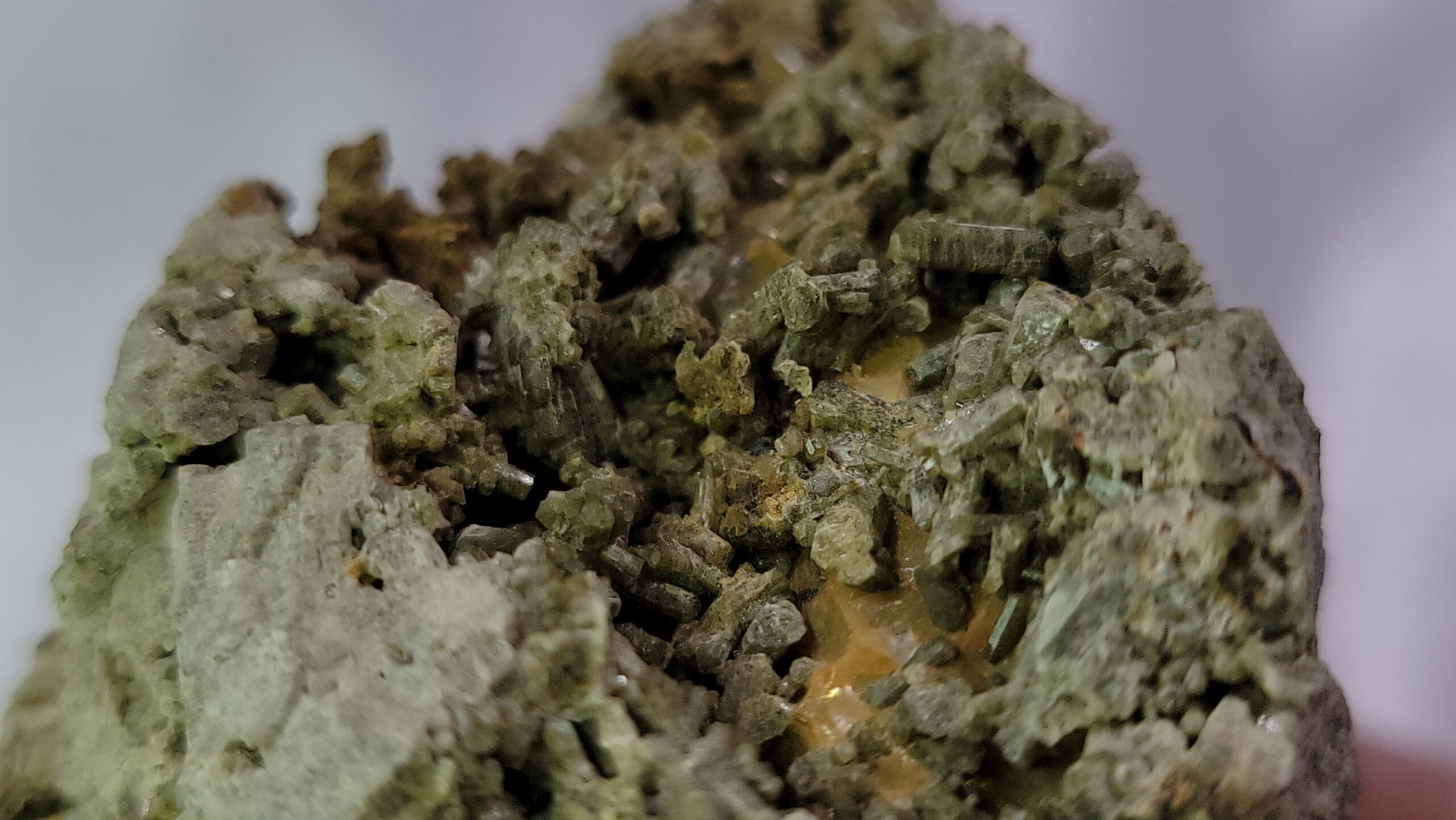
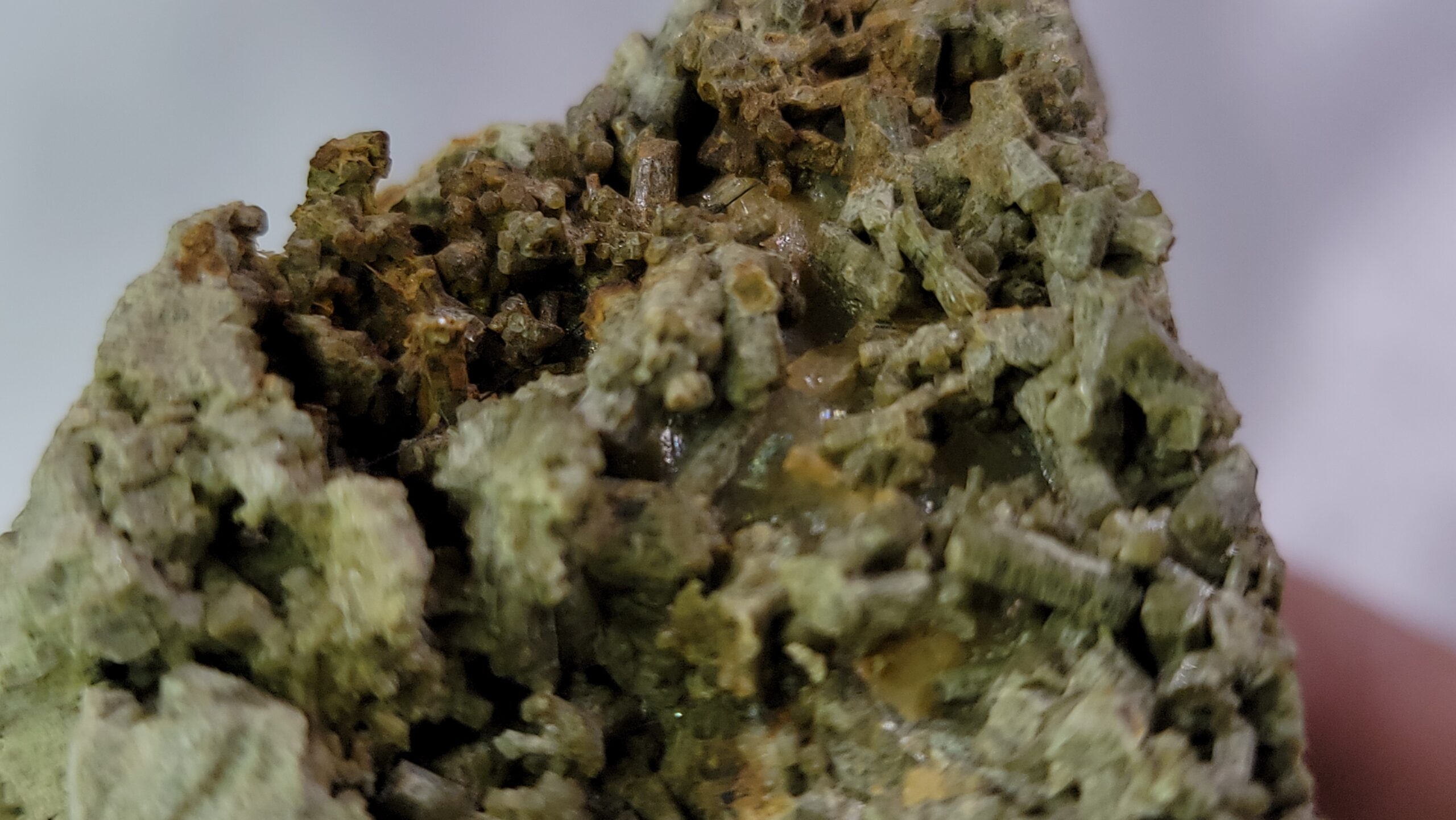
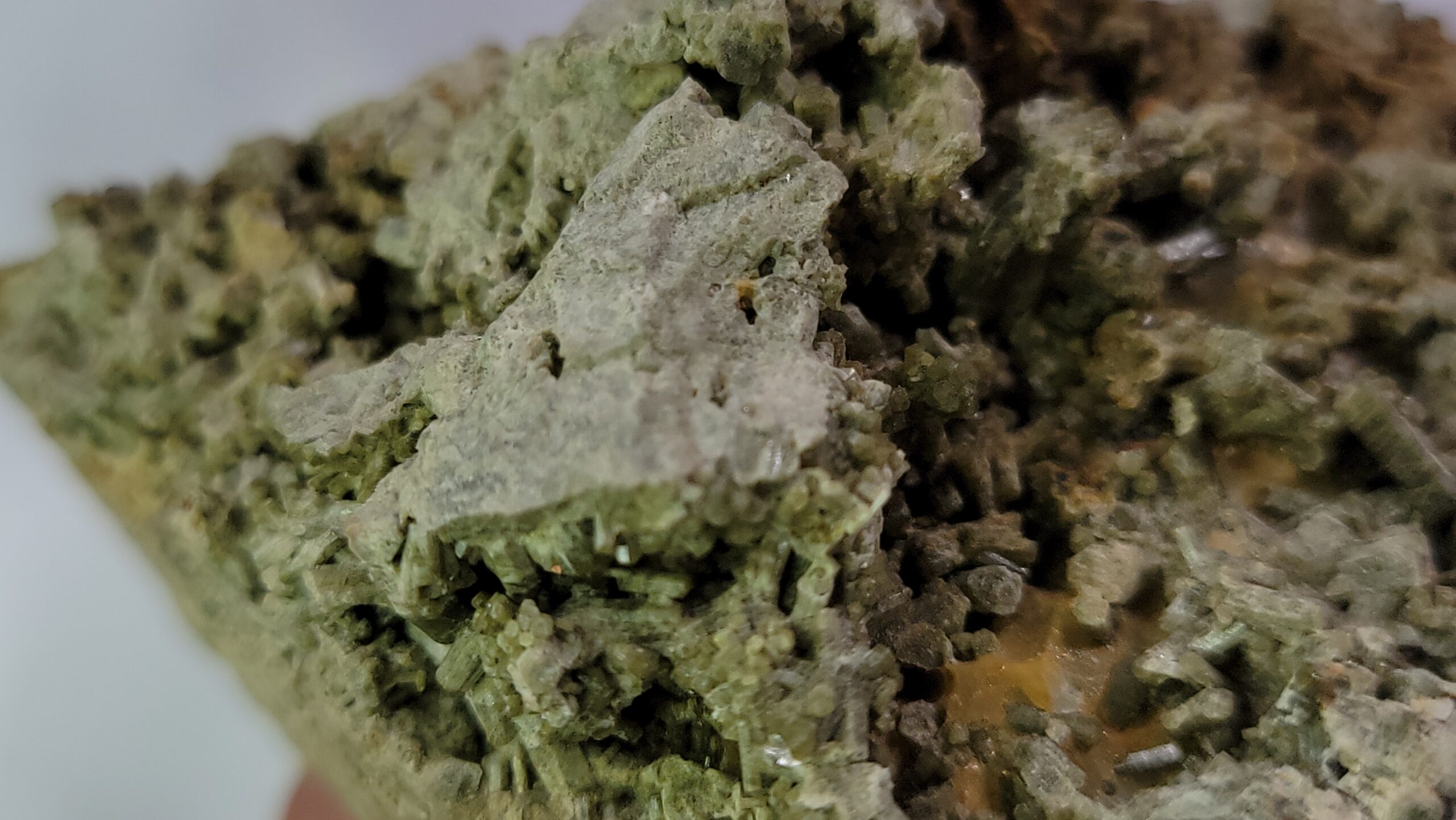

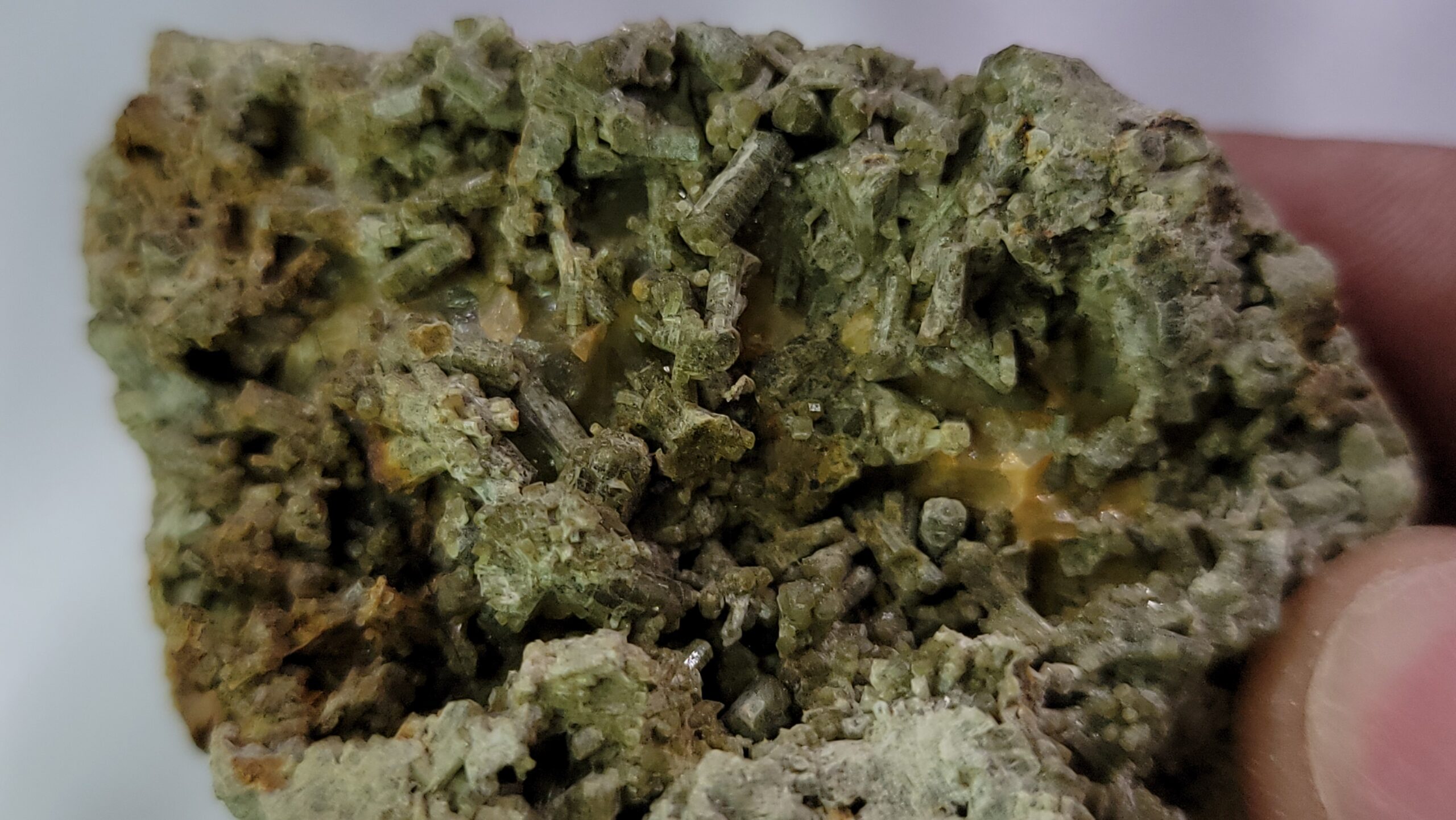
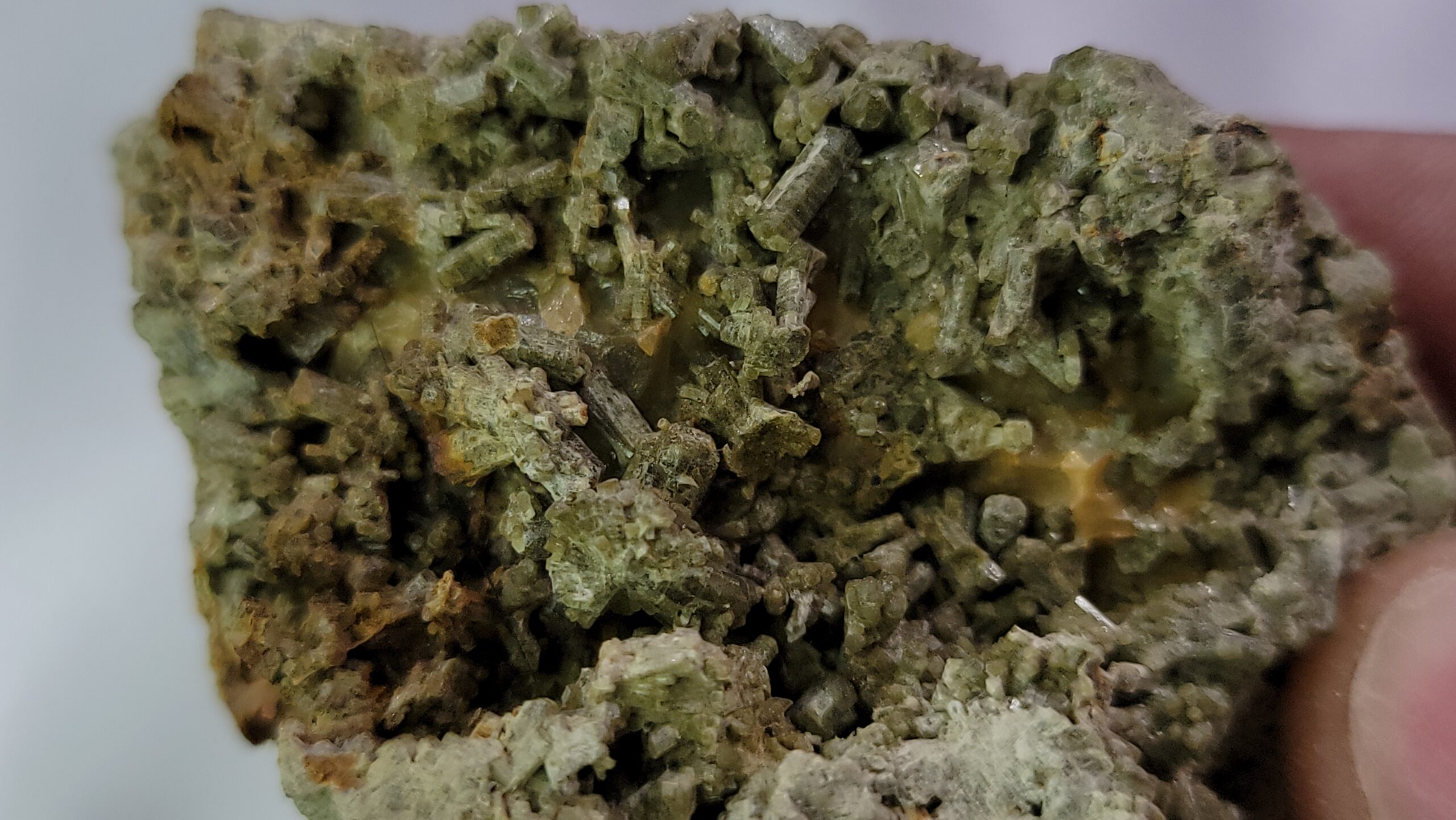
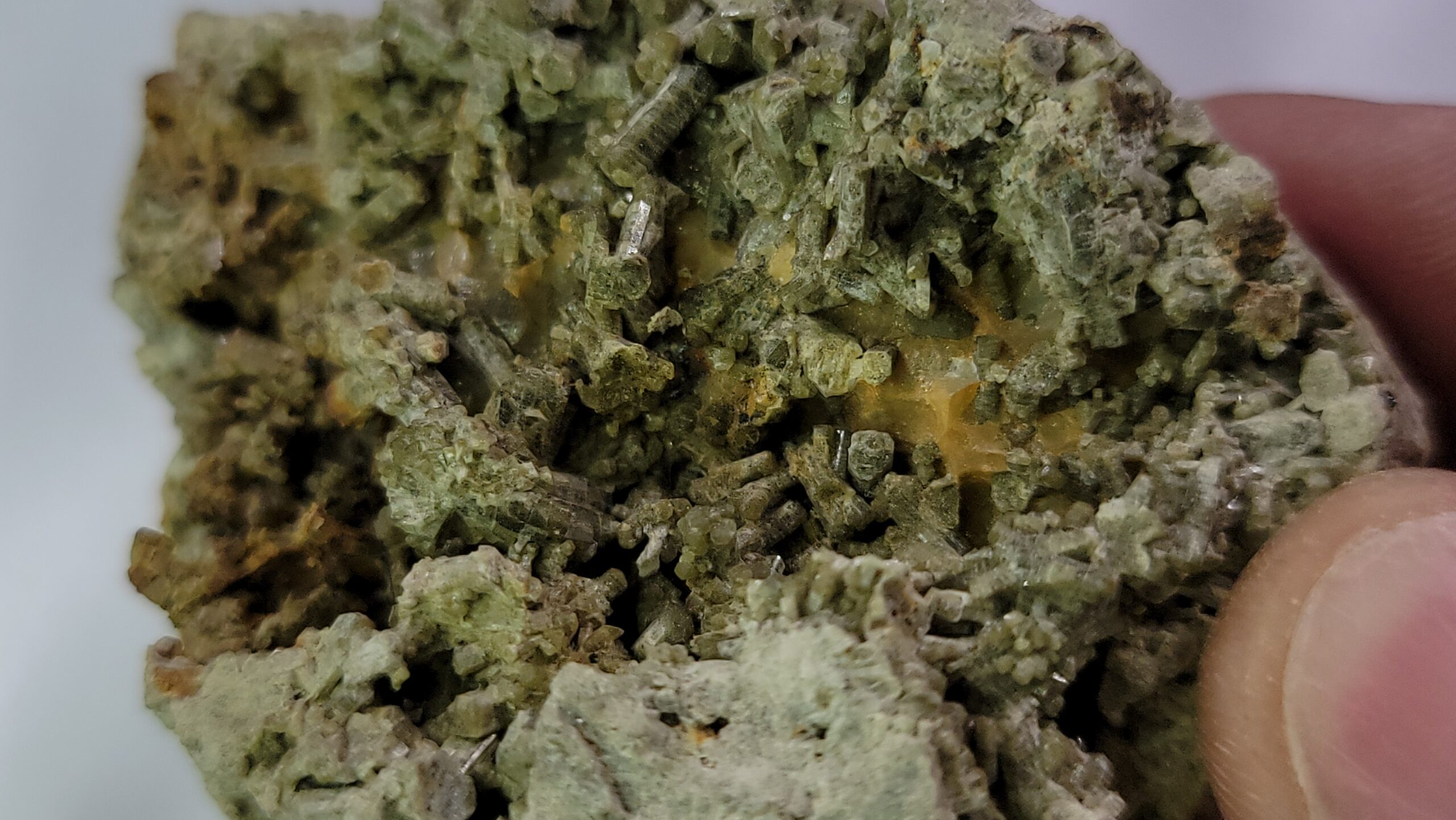
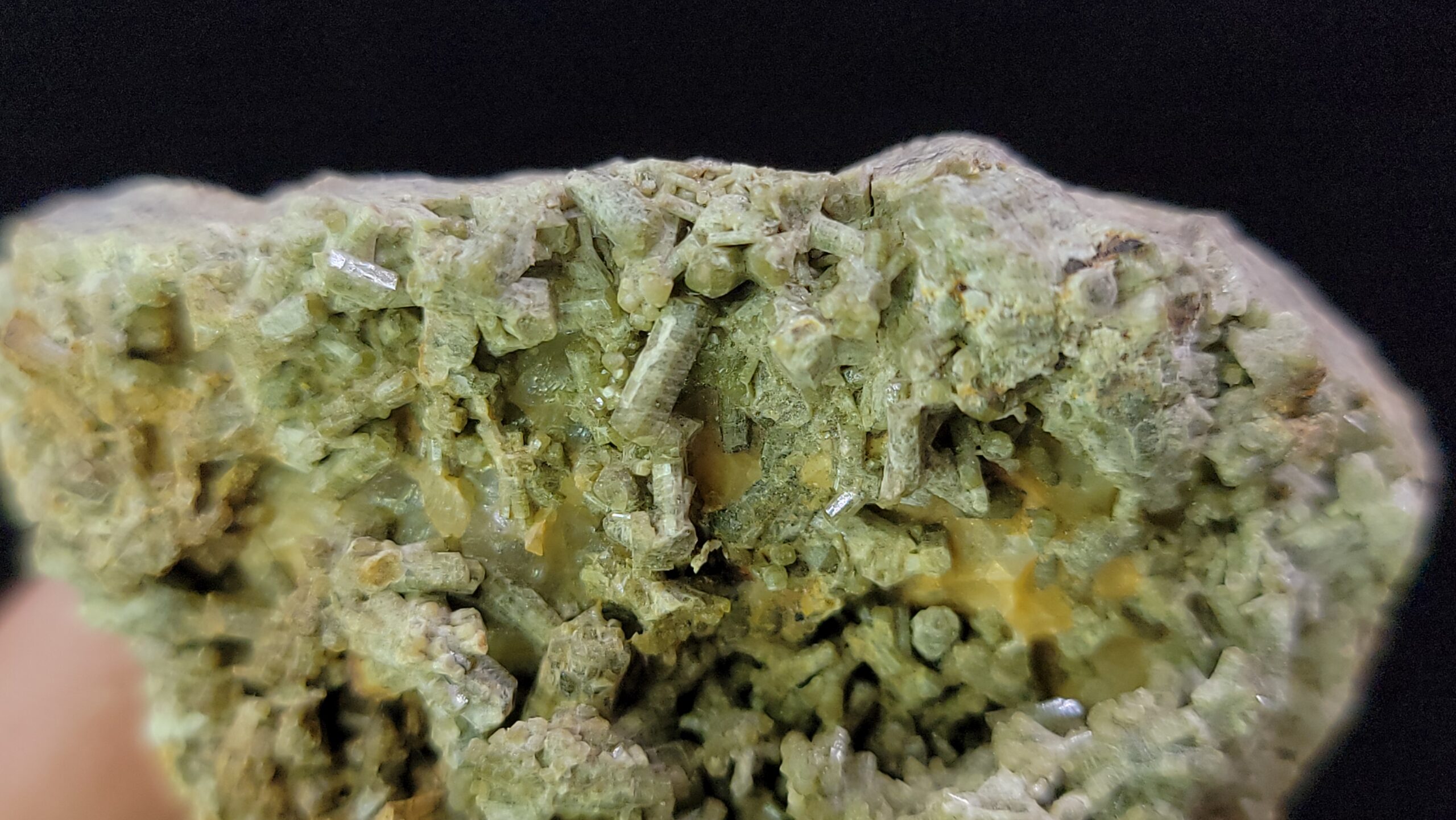
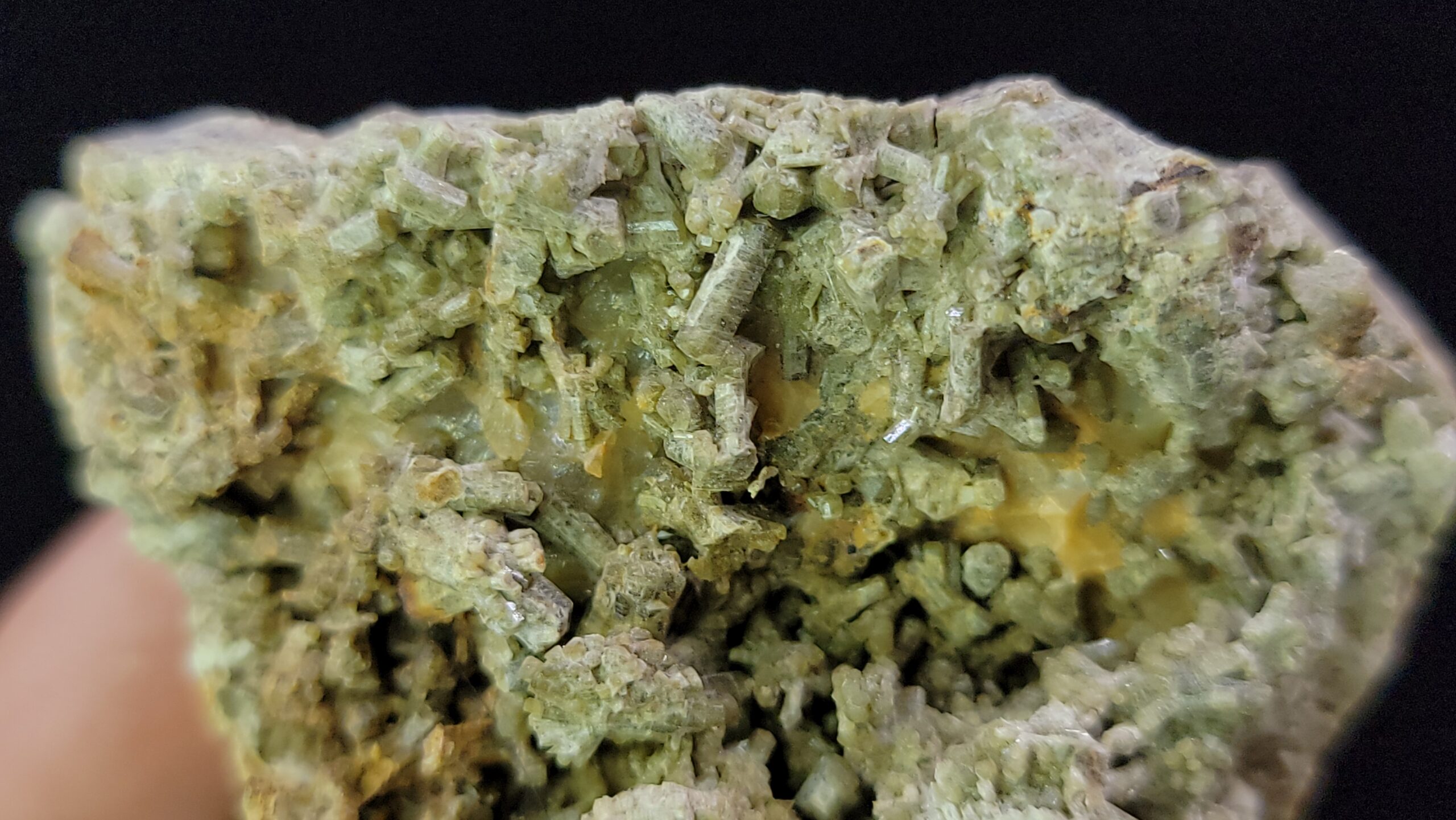
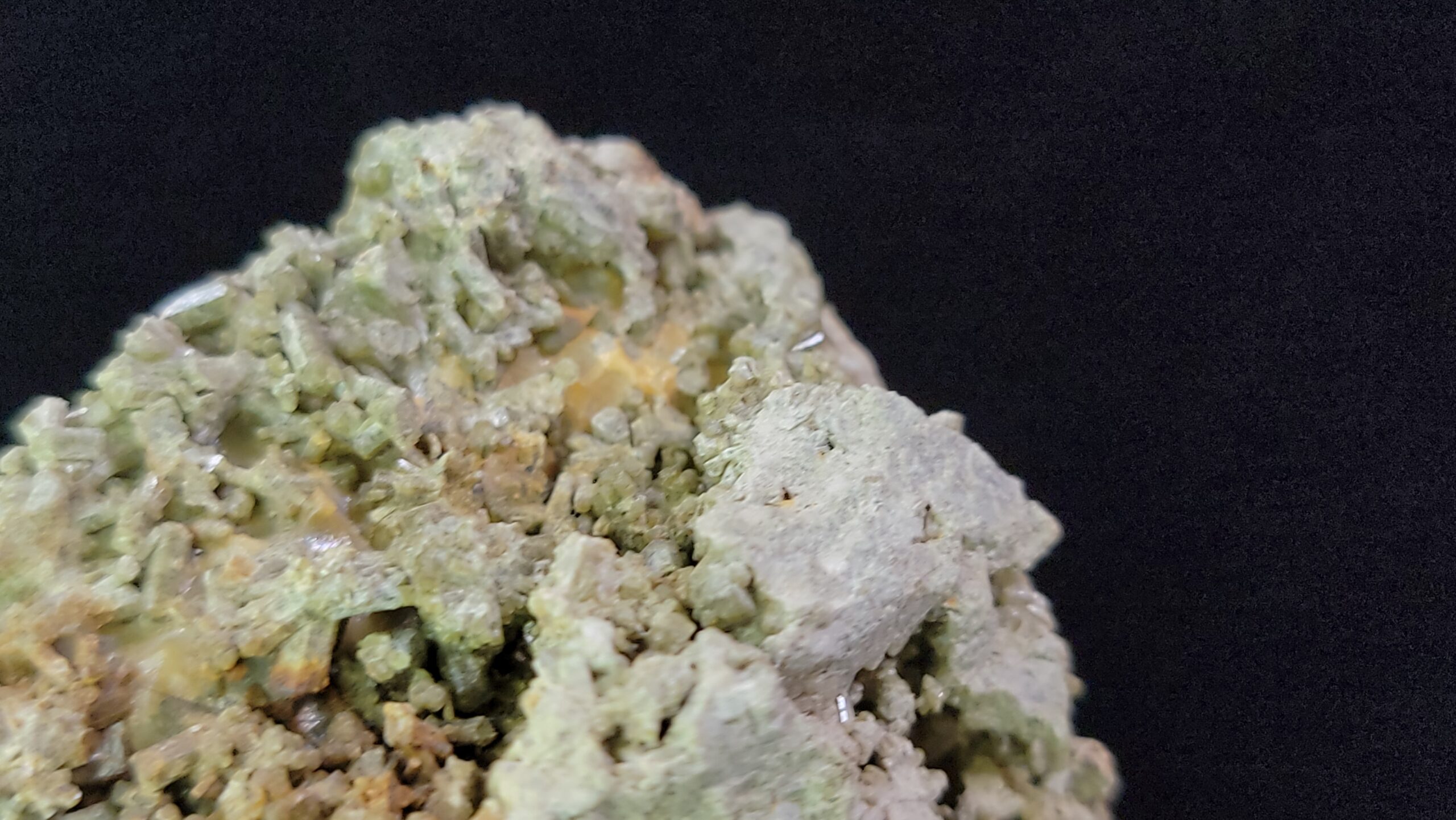
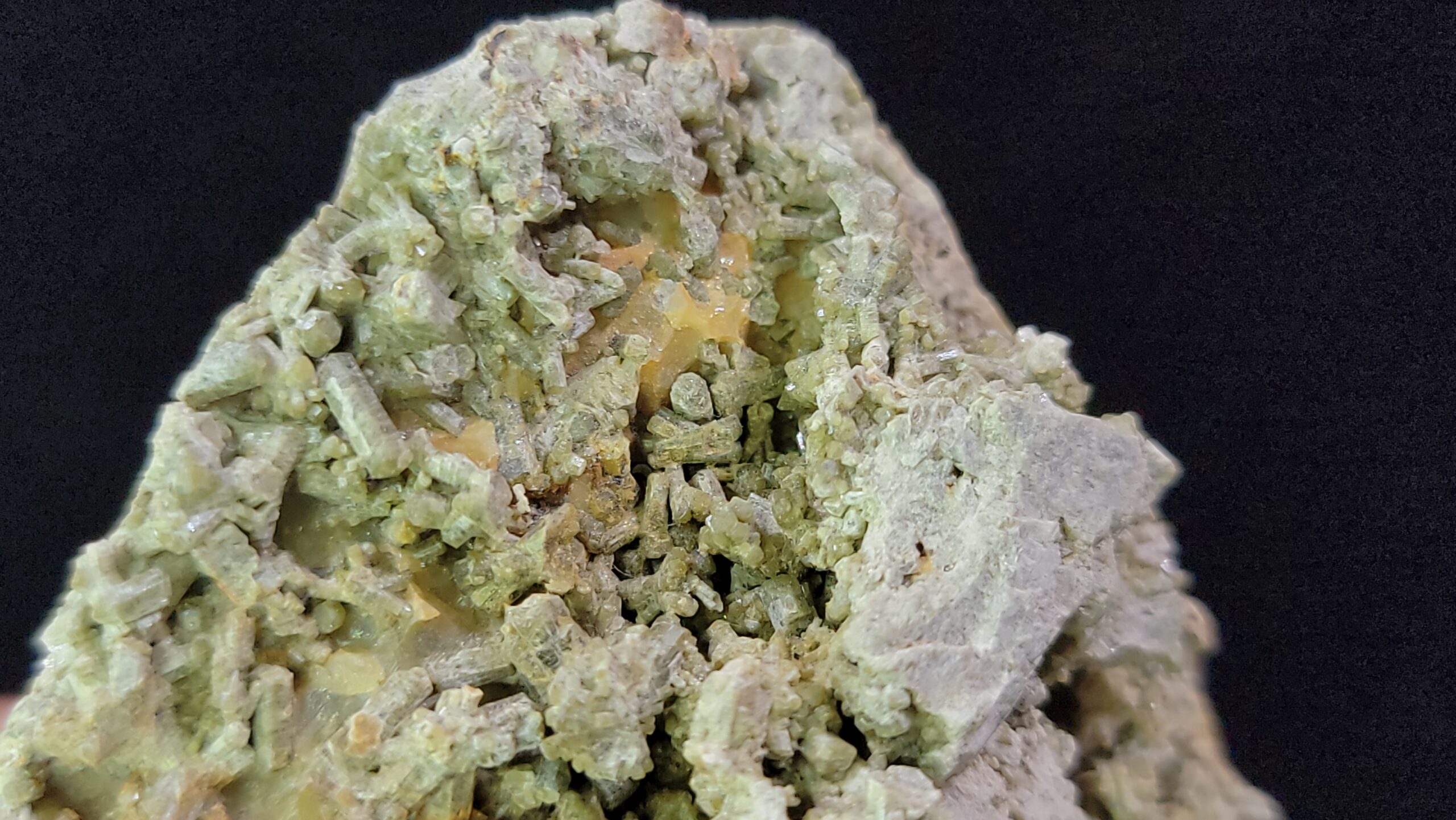
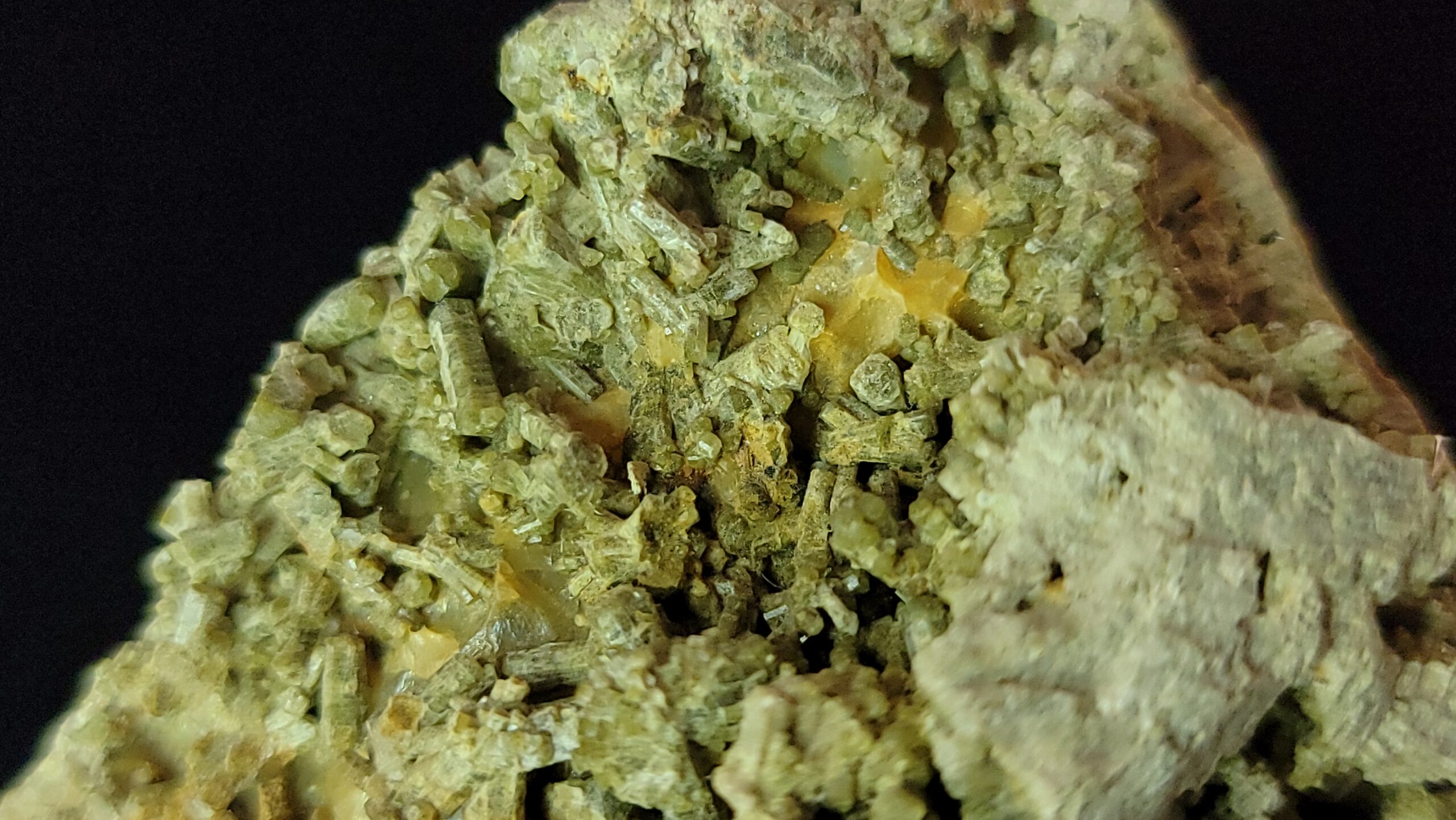
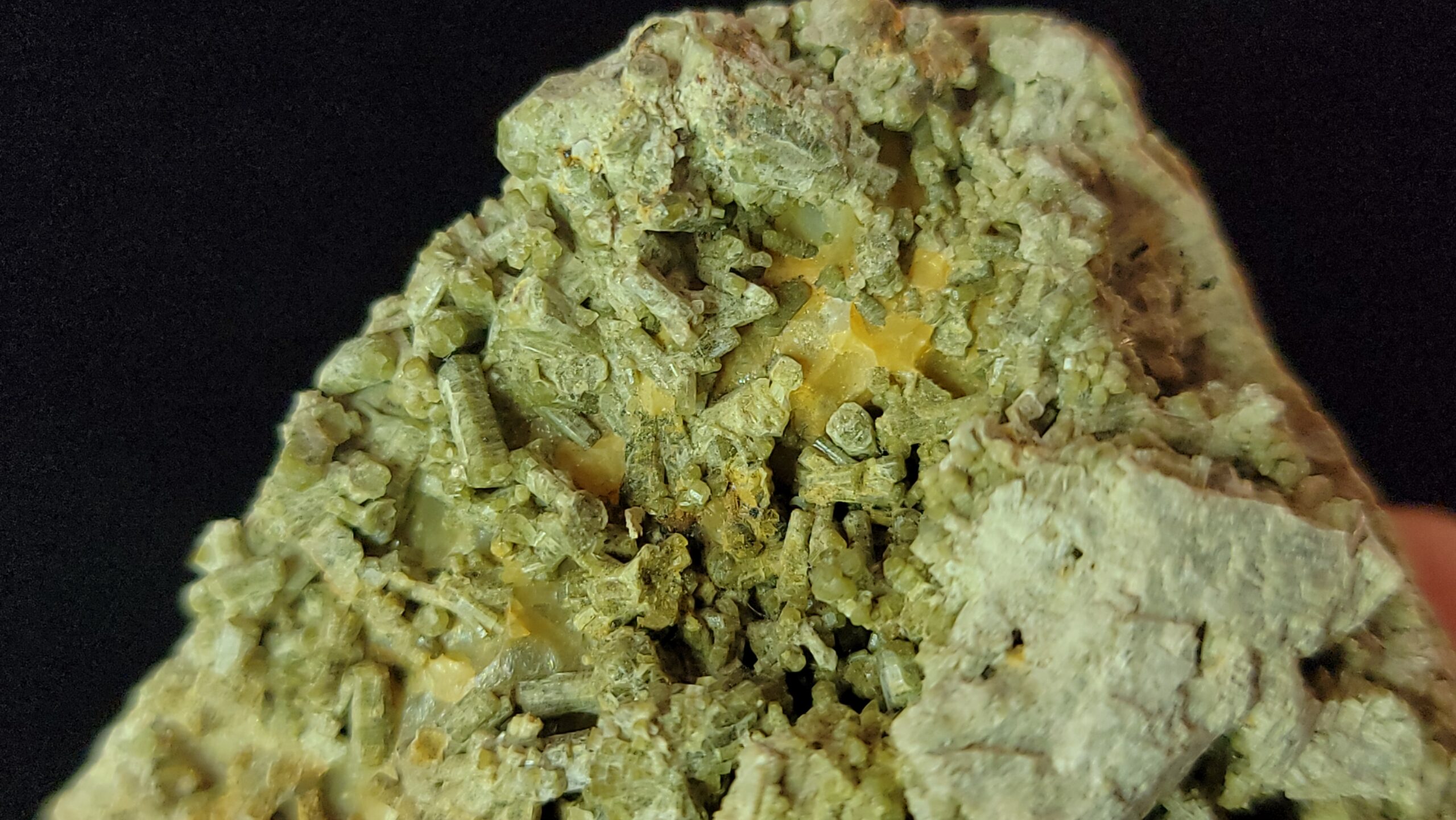
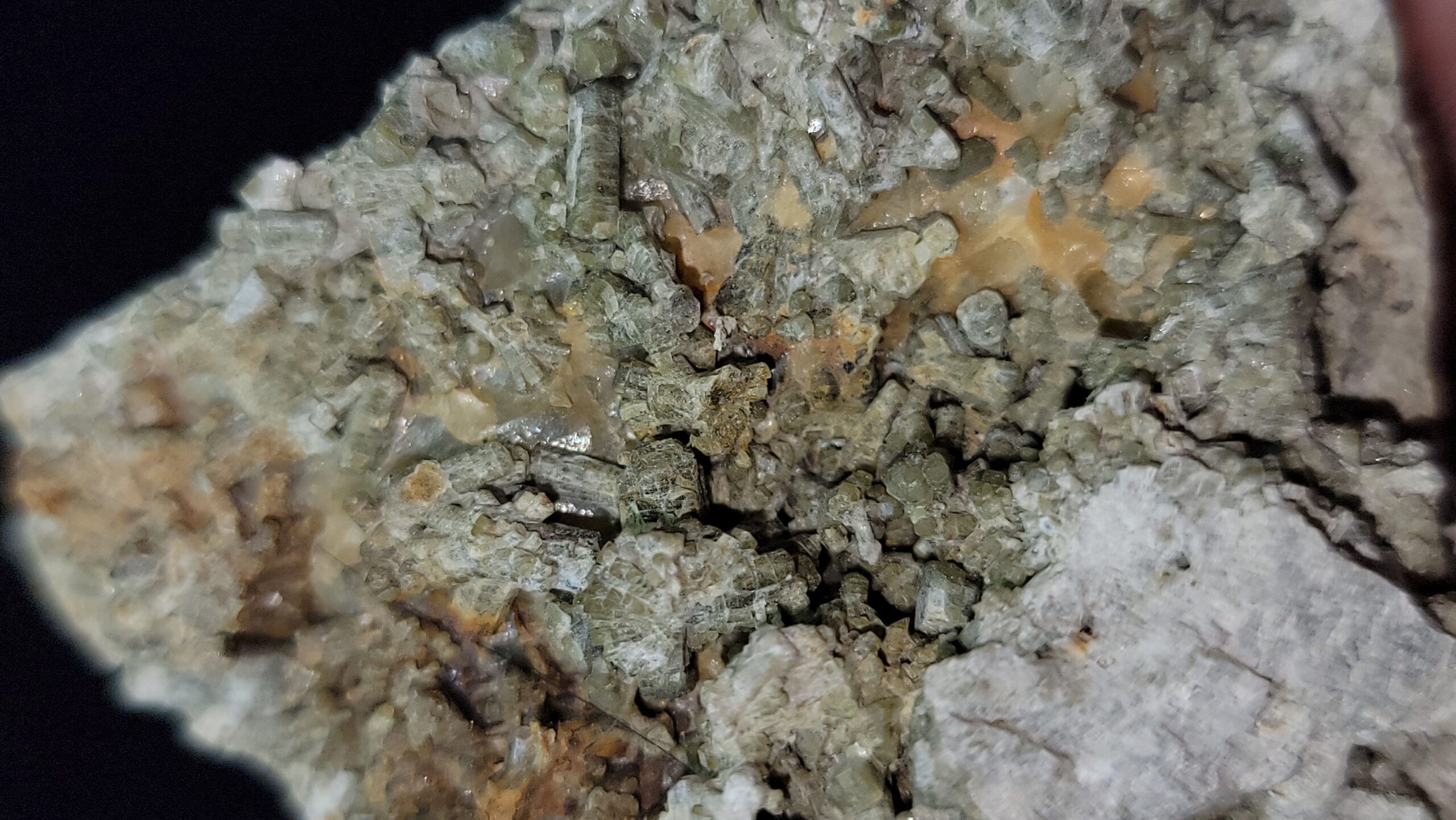
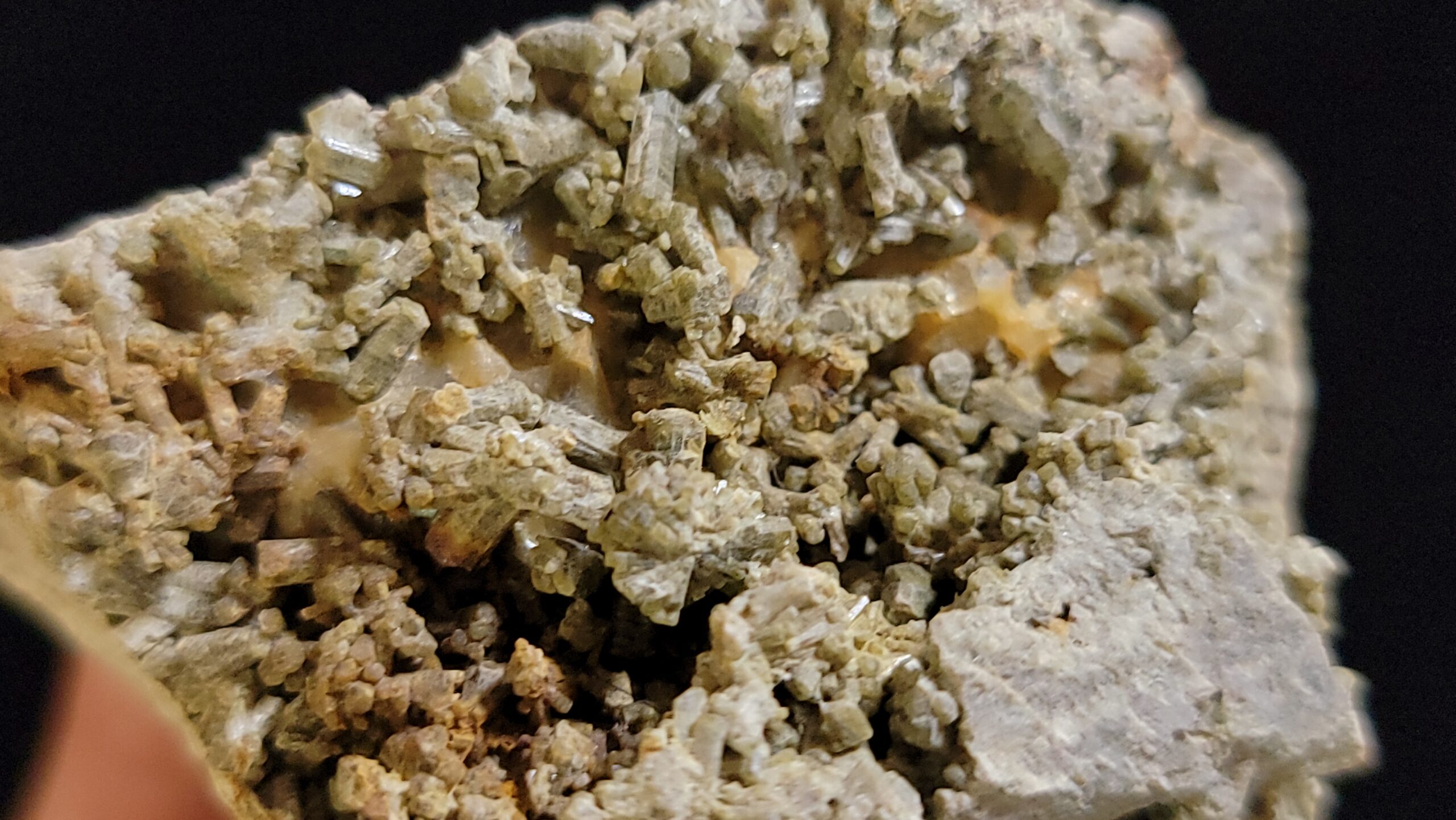
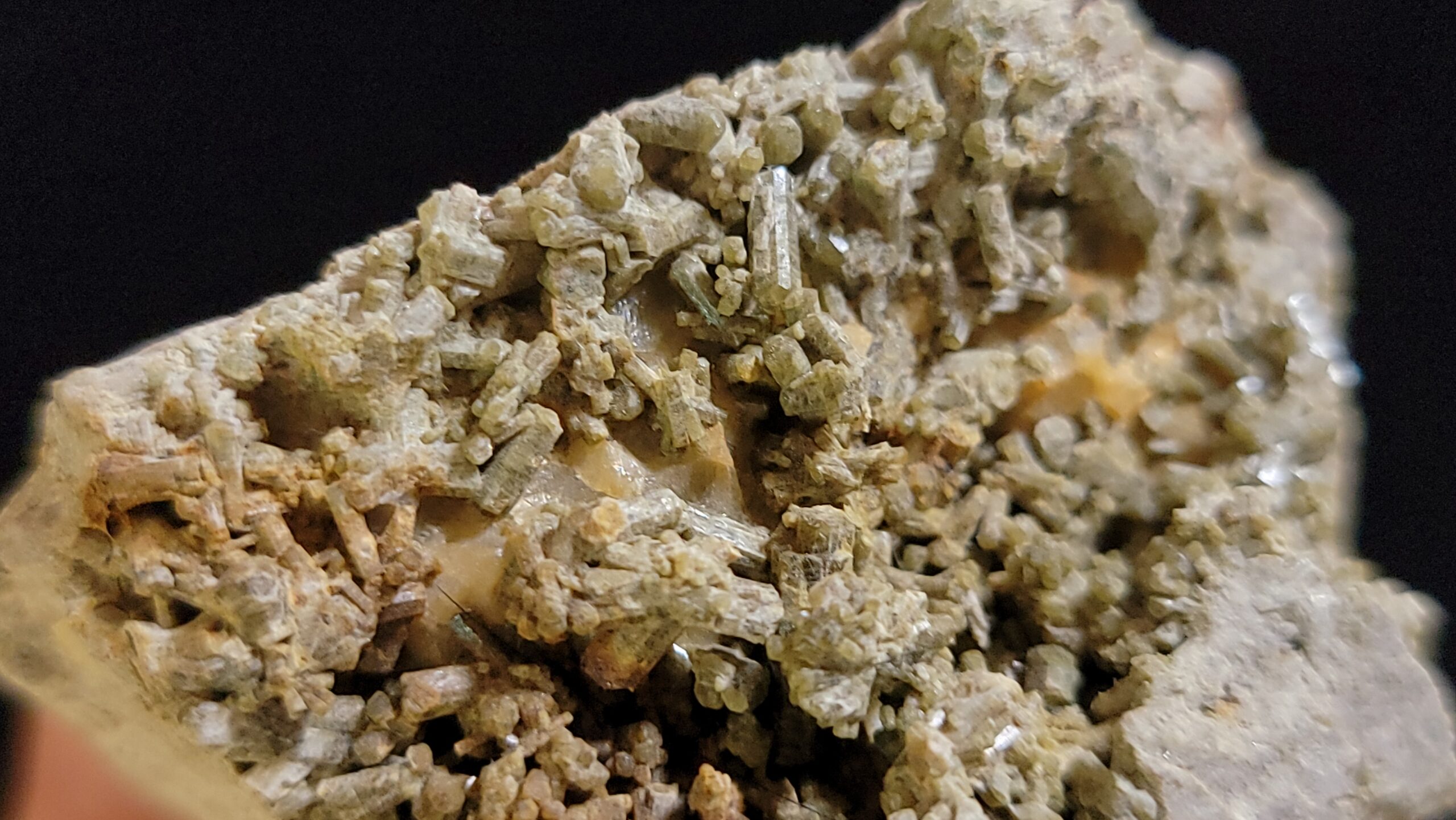


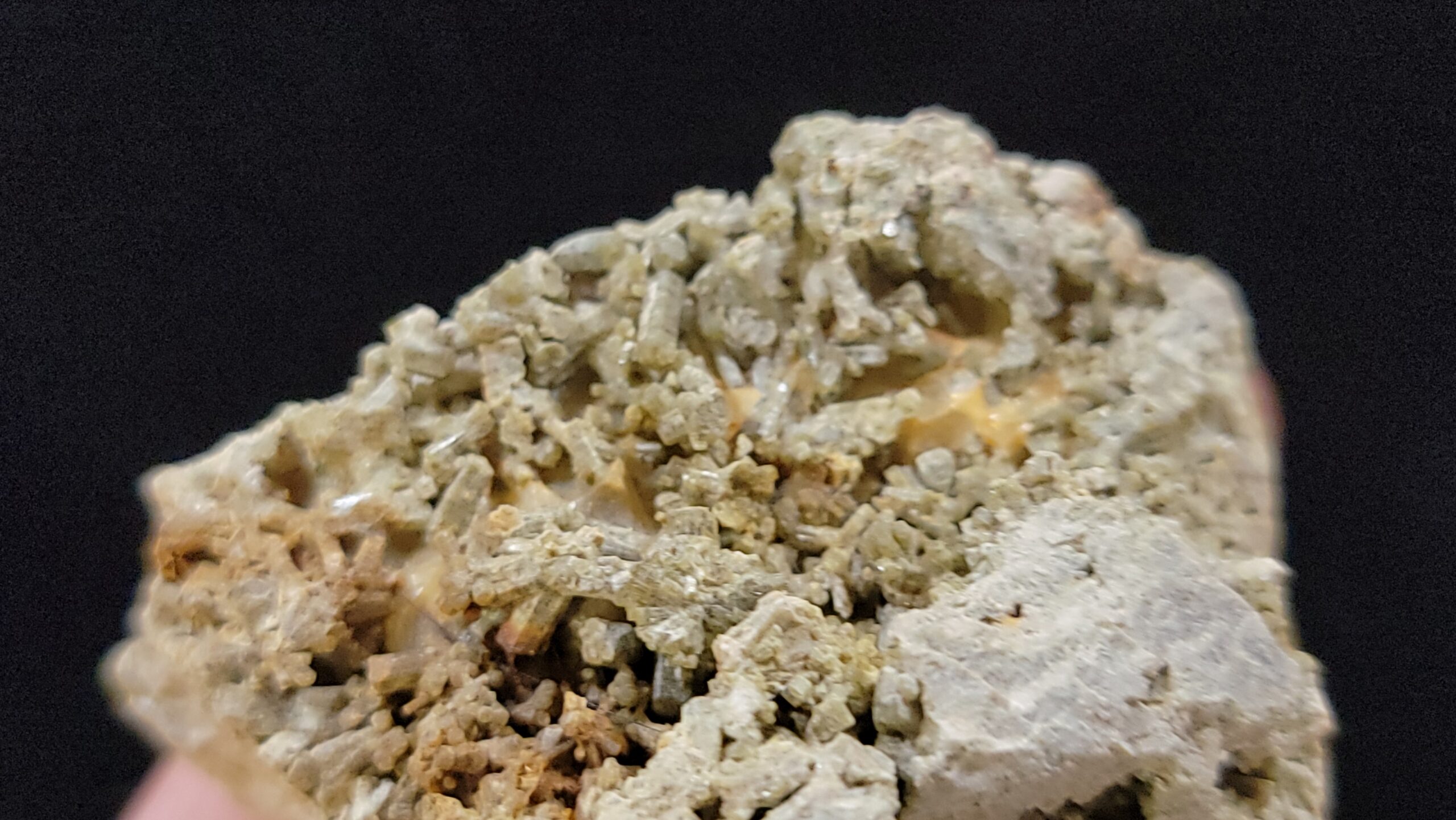
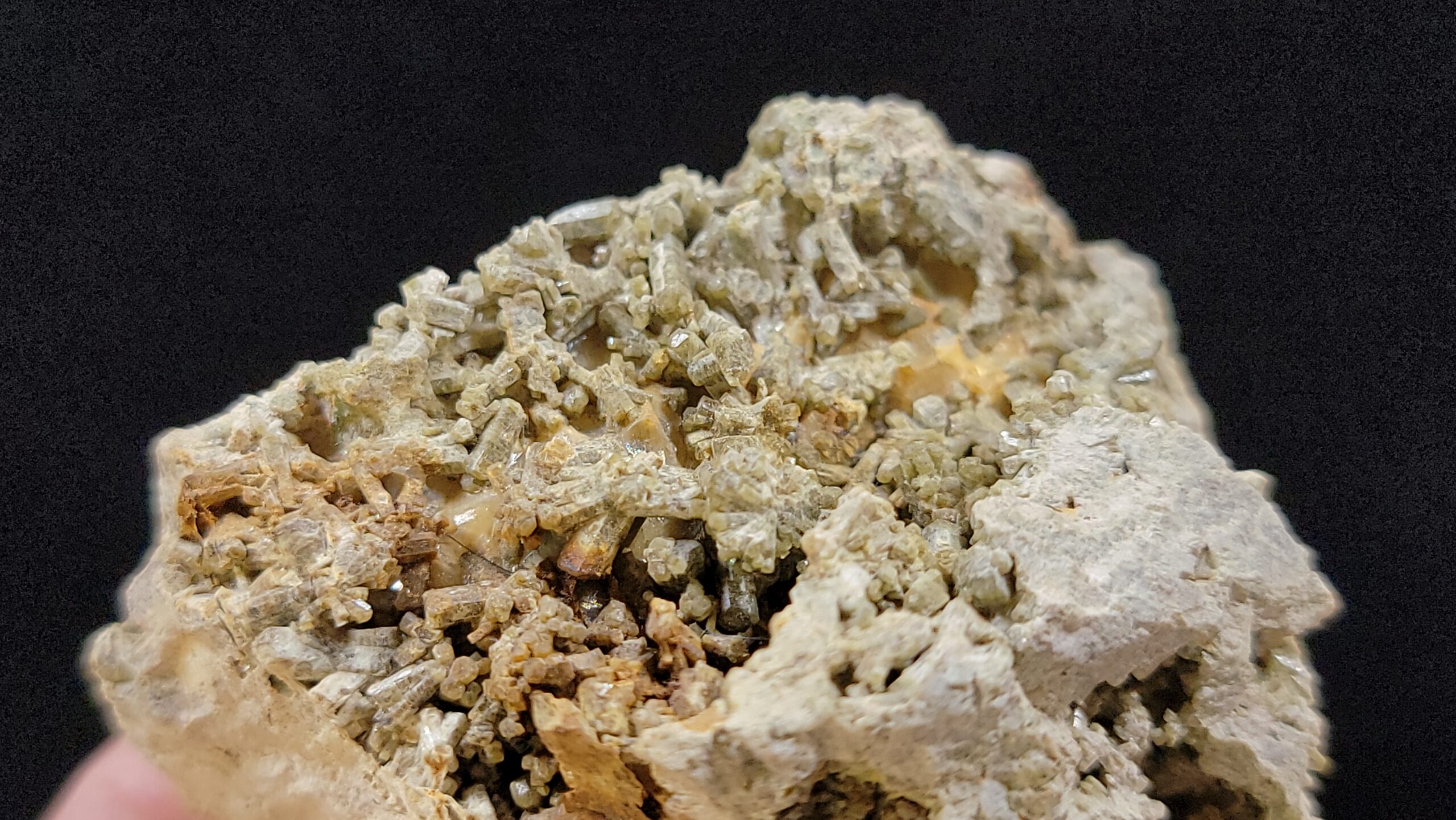
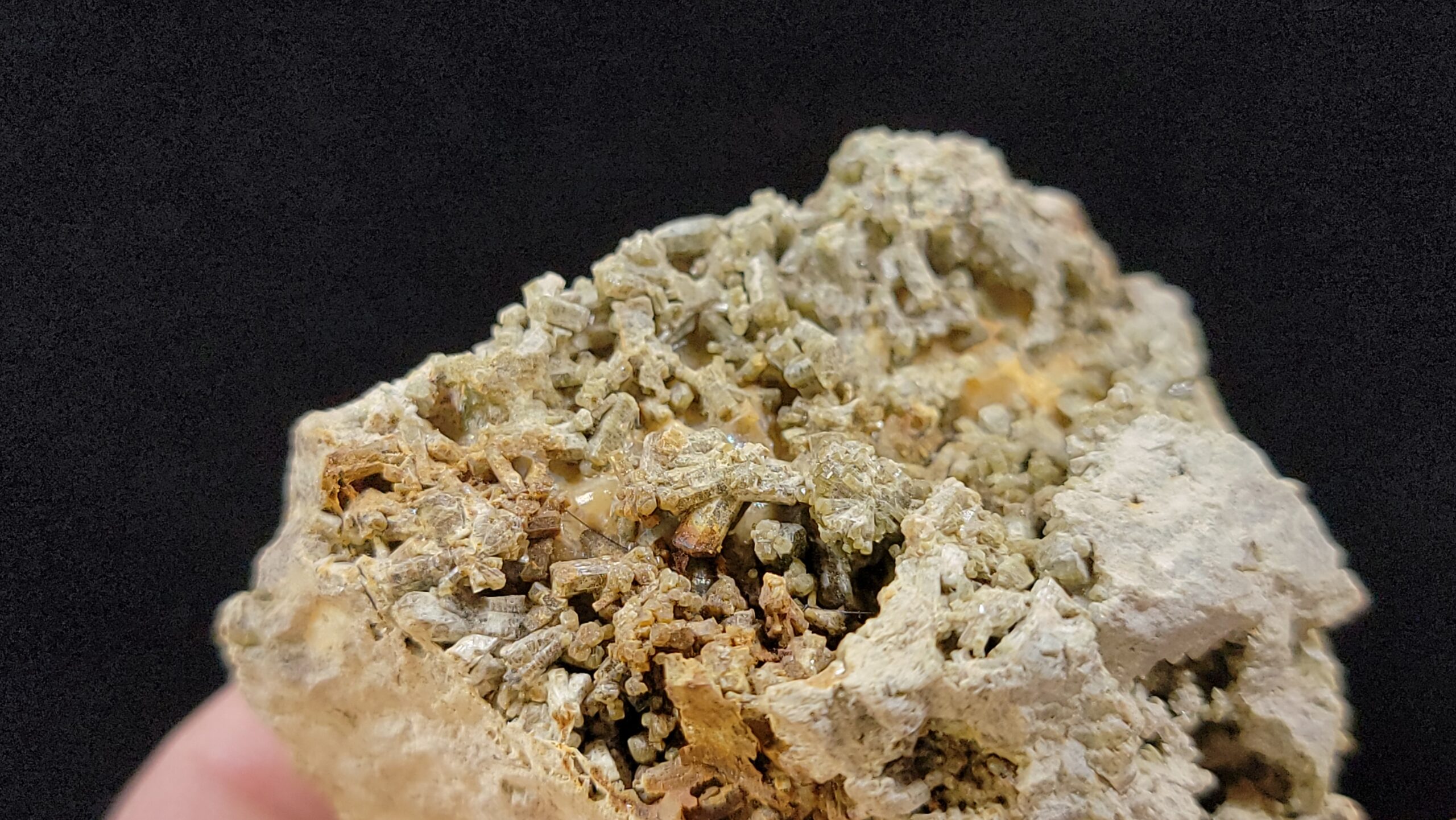



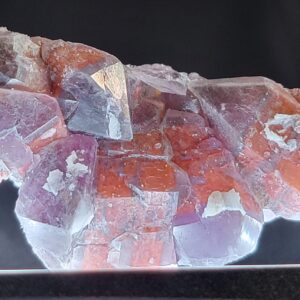
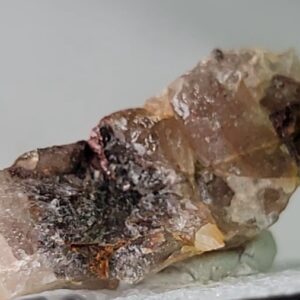
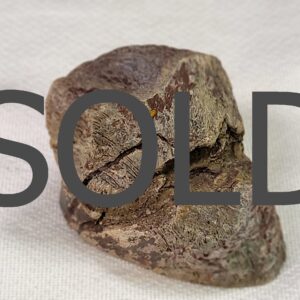
Reviews
There are no reviews yet.